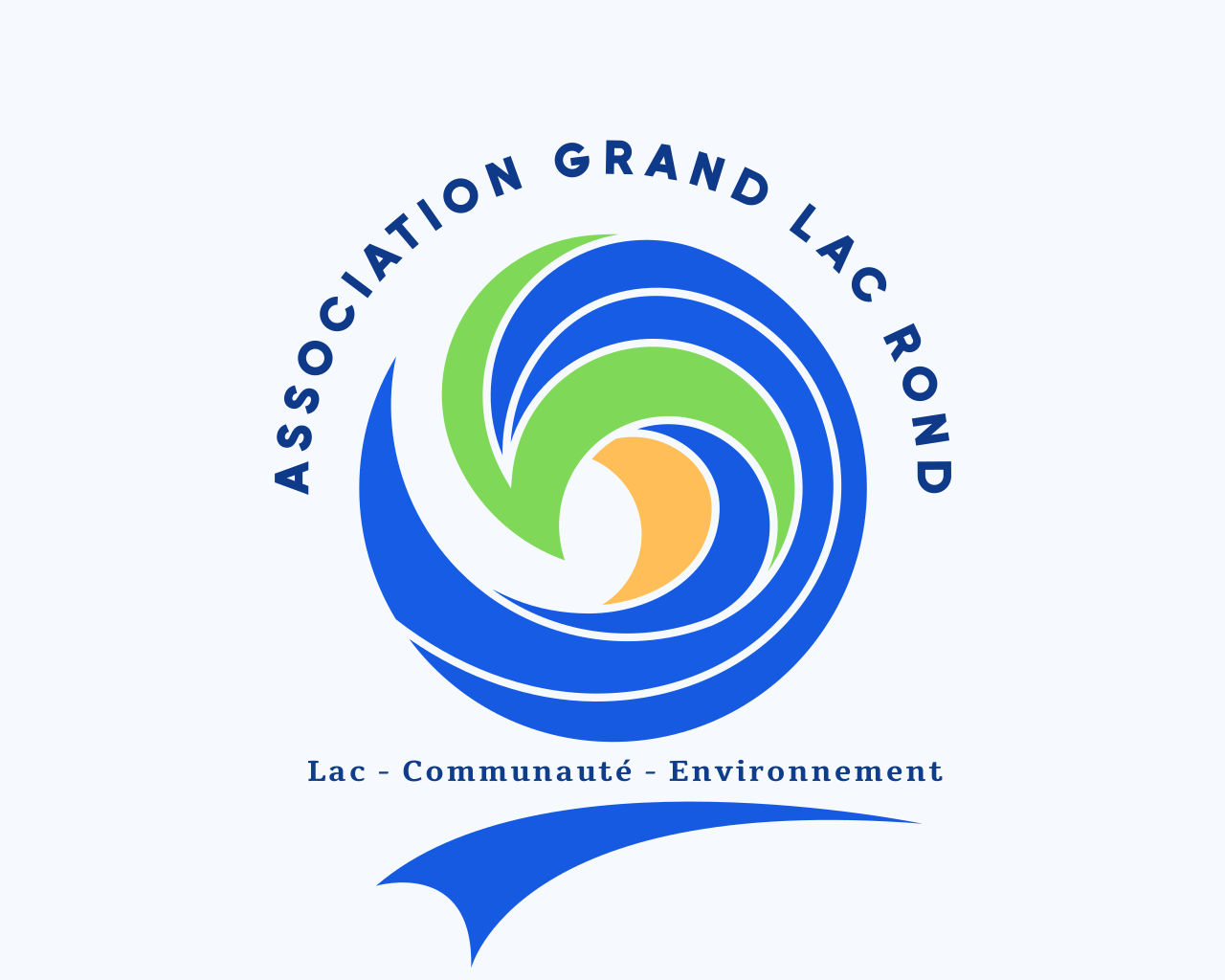Invasive species
Inventory of Invasive species in the Grand Lac Rond
Biologist Annie Parent with André Patry (who supplied his boat) completed the plant inventory on October 8, 2019. The results will be posted on the website. See pictures
The municipality of Bouchette has reserved Annie parent's services to inventory invasive aquatic plants in the municipality's Lakes. The Grand Lac Rond inventory started late last fall but did not complete because of the ice. The project will be over this spring. André Patry and Denis Lacroix attended Annie in her work. The 31 miles Lake Association lent its boat to do the work. The summary results are that there are many common Reed (phragmite) but no Watermilfoil in the Grand Lac Rond. This is a reason for us to emphasize the protection of the Lake because the invasion of watermilfoil in a lake is a disaster in itself!.....Click here to see photos taken during the inventory workl André Patry
Watermilfoil
Watermilfoil grows rapidly in the spring, and once the stems reach the surface of the water, they branch out in all directions producing a dense mat of vegetation, which blocks sunlight to the plants below the surface. These thick carpets of vegetation can add more phosphorus and nitrogen to the lake. Thick carpets may also create stagnant water favoured for reproduction by mosquitoes. Watermilfoil can make swimming and boating impossible. The plant may get caught in motors and boating equipment. Several lakes in this area are already infested.
Zebra Mussel
The zebra mussel is a small freshwater mollusk native to Europe, first appearing in about 986 in the Great Lakes. The mussel has a striped brown shell with white or beige. They're usually about fingernail size but can grow to a maximum length of nearly 2 inches. Each female zebra mussel can lay up to one million eggs per year. You can find up to 20,000 mussels in an area just 3 feet square. The Rideau River, Ottawa Locks, the Ottawa River and some lakes in Abitibi Témiscamingue and the Laurentians are now infested. We must follow the instructions for washing boats so that we do not infest our lake
How do these invasive species travel?
They attach themselves to boats, trailers, motors, anchors and other pieces of equipment of the boat and plants clinging to boats and trailers. At the microscopic stage they can be transported in bilge water, live wells and bait buckets. Algae & weeds slowly kill the lake and prevent swimming. Mussels can clog the cooling systems, clog water intakes, and block the steering mechanisms on boats. They can also clog waterways restricting the activities of boaters and bathers. They damage the habitat of our fish and of other native species. They harm sport fishing. They can destroy the natural beauty of our waterways and lakes. The end result: A significant reduction in the value of our waterfront properties.
What we can do:
Residents, cottagers, guests, boaters, fishermen, guests can all prevent the spread of these invasive species as they travel from one lake to another. Inspect and wash your boat, the hold, the engine, the live well, and other boat items such as your trailer and anchor whenever you transport your boat between lakes.
VERY IMPORTANT – How to wash your boat
- Empty your buckets and bait on the ground before leaving the area. Do not empty live bait into the body of water itself.
- Empty the water from your boat, including the motor, the live bait well, and the hold as soon as you leave the body of water and before driving away, and
- Rinse your boat and equipment with hot water (40 c or more), or
- Pressure wash your boat and trailer with 250 PSI or more, or
- Let your boat dry and sit in the sun for at least 5 days before putting it into another body of water.
These steps are easy to take, take little time, and do not cost much. Protect your lake also means protect your investment


